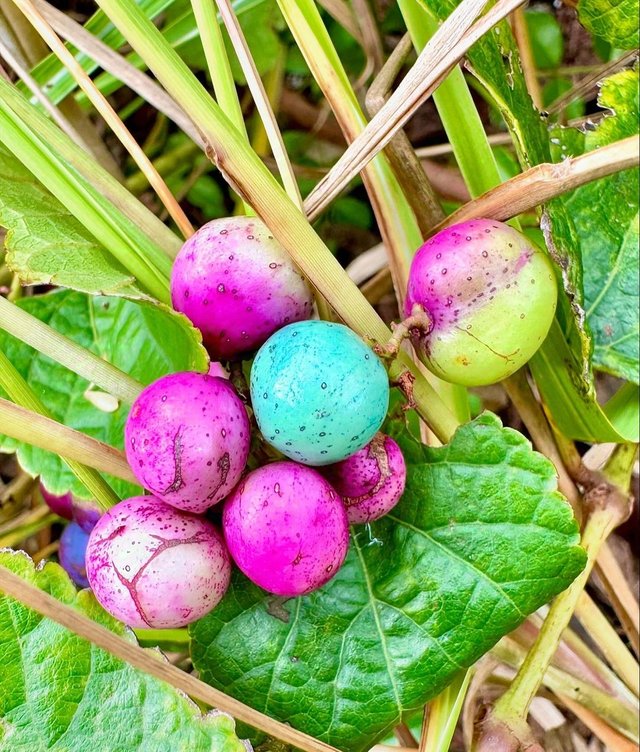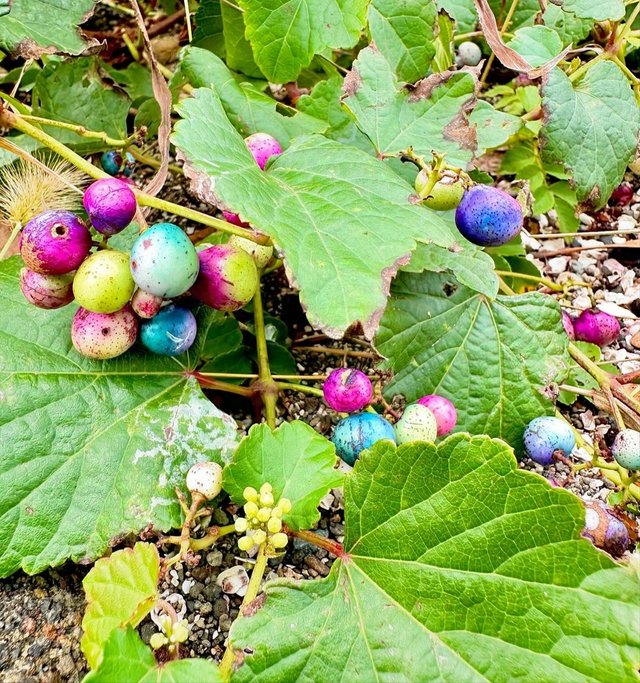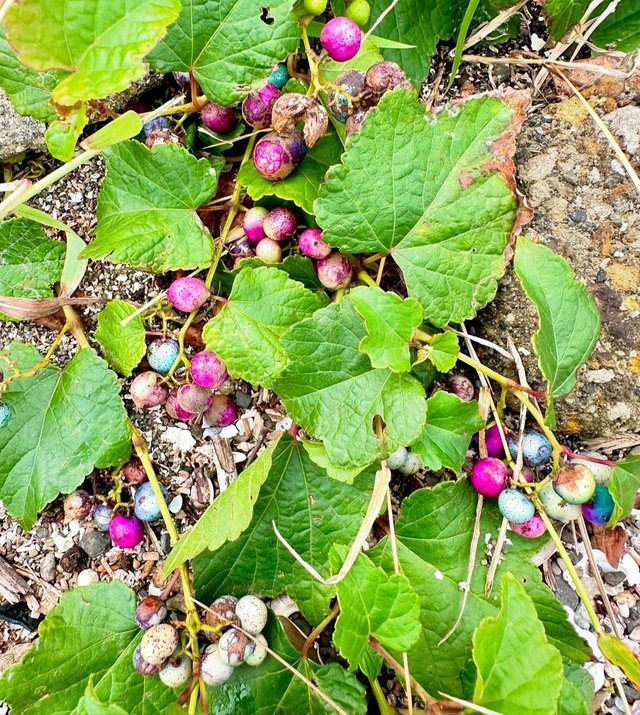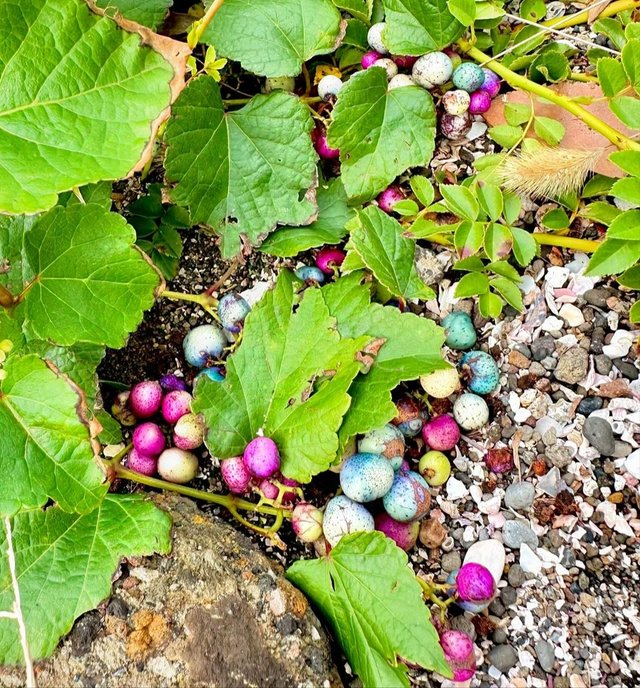Ampelopsis cordata: A Closer Look at the Heartleaf Peppervine
Ampelopsis cordata, commonly known as heartleaf peppervine, is a perennial climbing vine that belongs to the grape family, Vitaceae. Native to the southeastern United States, this vigorous plant is often found in a variety of habitats, ranging from riverbanks to woodlands, disturbed areas, and fence lines. While it may not be as widely known as some other members of the grape family, Ampelopsis cordata is a plant worth noting for its unique characteristics, ornamental value, and role in the ecosystem.
Botanical Description
The name cordata refers to the heart-shaped leaves that give the plant its common name, heartleaf peppervine. These leaves are typically 3-6 inches long and 2-5 inches wide, with a dark green upper surface and a paler underside. The leaves have coarsely serrated edges and are usually simple, though they may sometimes be lobed, especially in younger plants.
The vine can climb to significant heights, often reaching 10 to 20 feet or more by twining around nearby structures, trees, or shrubs. It produces long, slender tendrils that help it latch onto surfaces, enabling it to thrive in vertical spaces.
The stems of Ampelopsis cordata are woody and slender, often developing a peeling bark in older specimens. The vines grow vigorously, especially in moist and fertile soils, and can quickly cover fences, trellises, and even small trees if left unchecked.
Flowers and Fruits
One of the most interesting features of Ampelopsis cordata is its flowers and fruit. The flowers, which bloom from late spring to early summer, are small and greenish-white, appearing in clusters called panicles. While they are not particularly showy, they do attract pollinators such as bees and flies.




Thanks For Reading
Device Information
| Device | Redmi Note 10 Pro |
|---|---|
| Lens | 64 mp |
| Location | Bangladesh |
